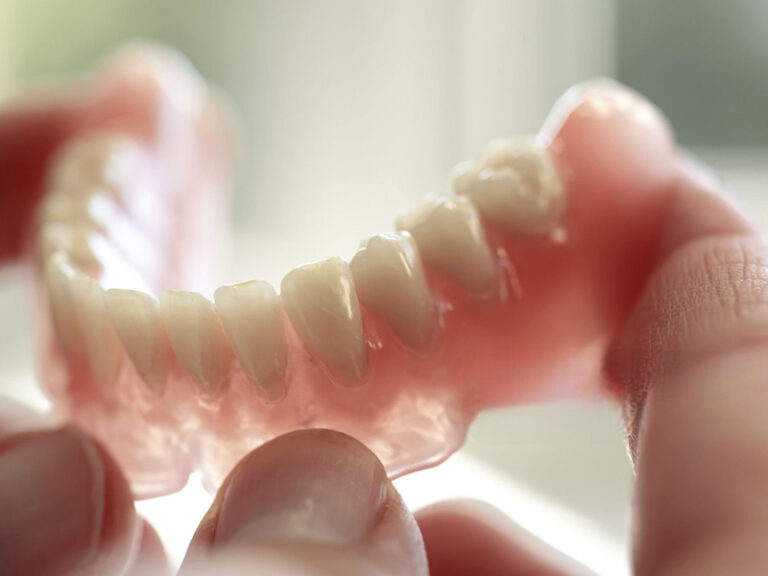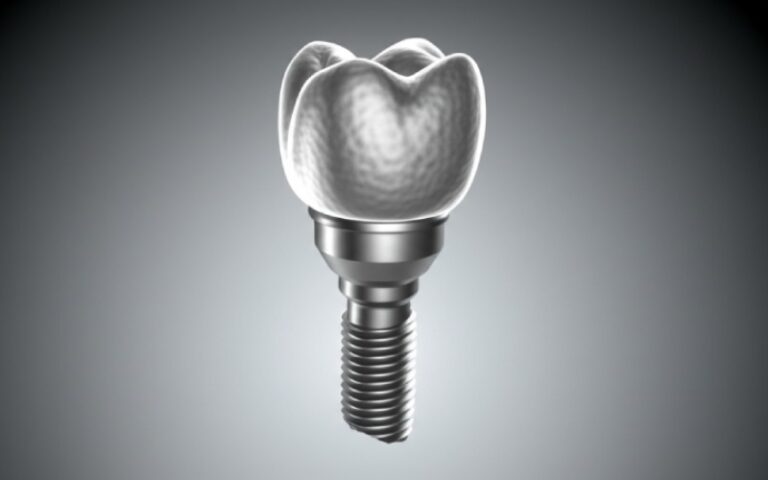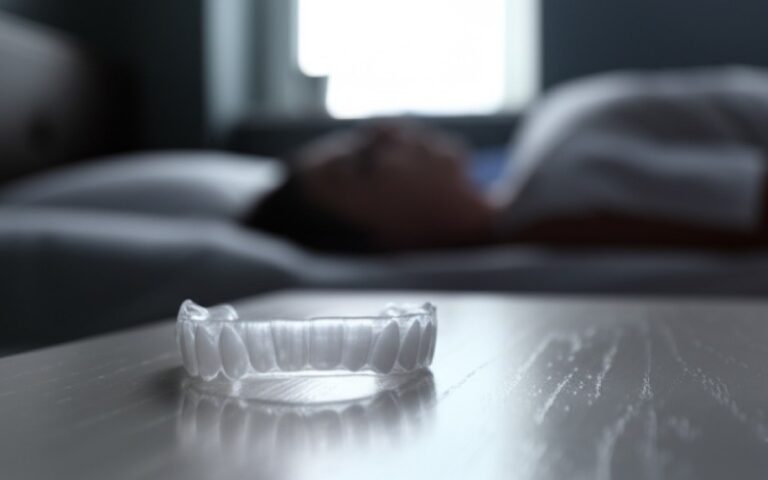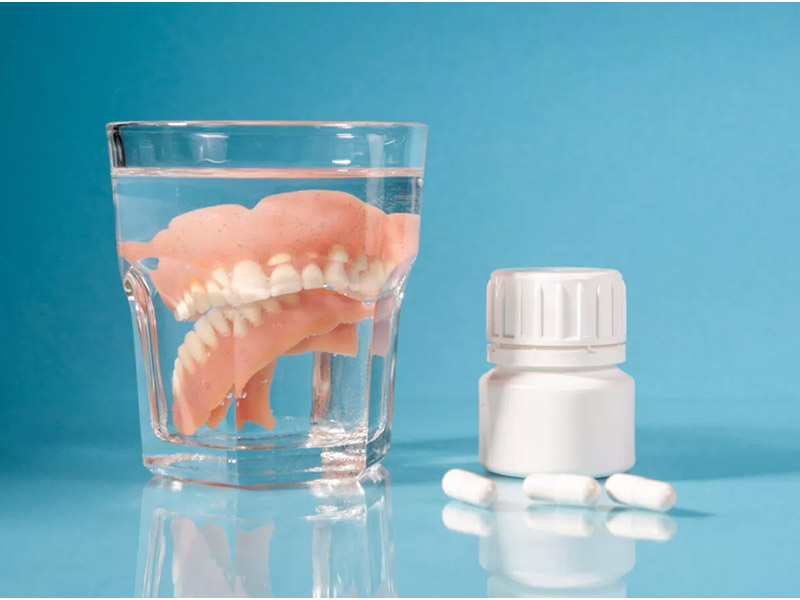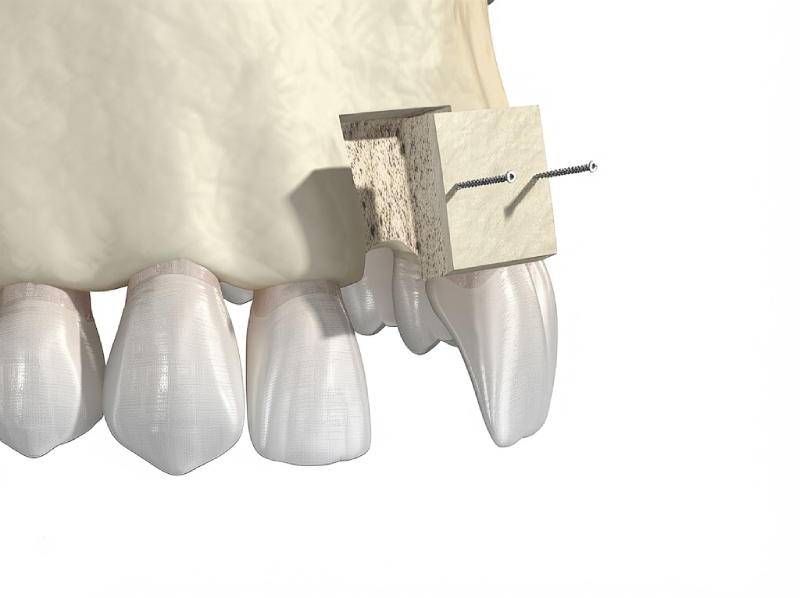
Dental Implant Materials & Bone-Implant Contact Ratio: What You Need to Know
Table of Contents
What This Article Is About
This article tells you about dental implant materials and how well they stick to your bone. We call this the bone-implant contact ratio or BIC%. When implants stick well to your bone, they last longer and work better.
Types of Dental Implant Materials
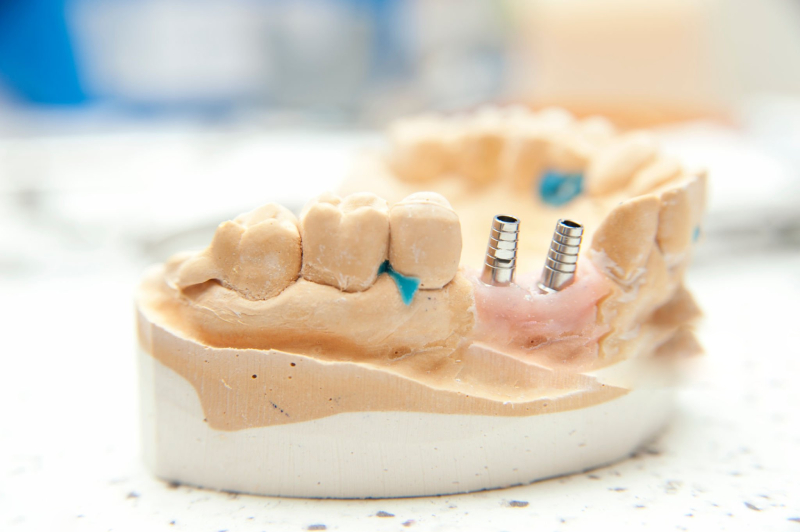
Titanium and Titanium Alloys
Titanium is the most used material for dental implants. It is strong and safe for your body.
Key facts about titanium implants:
- They have been used for more than 50 years
- They last a long time (95% still work after 5 years)
- They come in different types (pure titanium or mixed with other metals)
- The most common mix is called Ti-6Al-4V
Good things about titanium:
- Very strong
- Works well with your body
- Sticks well to bone
- Doctors know how to use them
Not so good things:
- Some people may have a bad reaction (very rare)
- Can show through if your gums are thin
Your dentist can make titanium implants work better by making the surface rough. This helps your bone grow onto the implant. Ways to make the surface rough include:
- Acid etching
- Sandblasting
- Adding special coatings
Learn more about implants for front teeth
Zirconia (Ceramic) Implants
Zirconia implants are white like real teeth. They are newer than titanium.
Key facts about zirconia:
- Look more like real teeth
- Made from a strong ceramic (Y-TZP)
- No metal parts
- Work well in the front of your mouth
Good things about zirconia:
- Look like real teeth
- Less plaque sticks to them
- Good for people who may have metal allergies
- Good for thin gums
Not so good things:
- Can break more easily (1.5-3.2% break vs 0.5% for titanium)
- Not as much long-term proof they work
- Not as strong as titanium
Zirconia implants work best for:
- Front teeth where looks matter
- One tooth at a time
- Places with little biting force
Learn more about zirconia implants
PEEK (Polymer) Implants
PEEK is a plastic-like material used in some implants.
Key facts about PEEK:
- Newer than other types
- Not used as often
- Soft compared to bone
- Might be good for some special cases
These are not used much yet because we need more studies to show they work well.
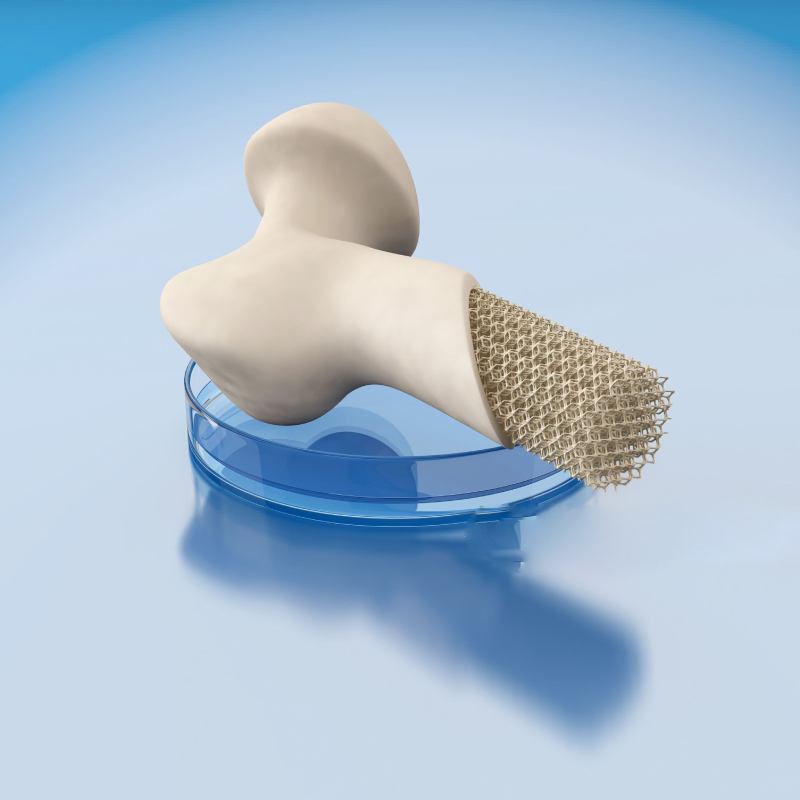
What Is Bone-Implant Contact Ratio (BIC%)?
BIC% means how much of your implant touches your bone directly. It is very important for how well your implant works.
Why BIC% matters:
- Higher BIC% = stronger implant
- Higher BIC% = implant lasts longer
- Higher BIC% = less problems later
How We Measure BIC%
Doctors look at small pictures of your bone and implant to see how much they touch. They count this as a percent:
- 50-60% BIC%: Good
- 60-80% BIC%: Very good
- < 40% BIC%: Could have problems
What Affects Bone-Implant Contact?
1. Implant Material
Different materials stick to bone in different ways:
| Material | Typical BIC% | Best For |
|---|---|---|
| Titanium | 60-80% | Most cases, low-density bone |
| Zirconia | 55-75% | Front teeth, people with thin gums |
| PEEK | Lower (studies ongoing) | Special cases only |
2. Surface Treatment
How the implant surface is made matters a lot:
| Surface Type | BIC% Improvement | How It Works |
|---|---|---|
| Smooth | Baseline | Less bone contact |
| SLA (sandblasted/acid-etched) | +20% | Rough surface helps bone attach |
| Hydroxyapatite coating | +15-20% | Mimics natural bone minerals |
| Microthreads | Significant | Helps distribute forces better |
3. Bone Quality
Your bone type affects BIC% too:
Dense bone (D1-D2): Higher BIC% (often 70%+) Soft bone (D3-D4): Lower BIC% (often 45-60%)
For soft bone, doctors may:
- Use special implant designs
- Add bone material
- Let it heal longer
4. Surgical Technique
How the doctor puts in your implant matters:
Good techniques that help BIC%:
- Making sure the implant fits tight
- Not letting the implant get too hot
- Special ways to put in the implant
- Using guides to put implants in the right spot
Learn more about implant placement techniques
Why BIC% Matters for Your Implant
Implant Success
Higher BIC% means:
- Your implant will be more stable
- Less chance of the implant getting loose
- It can hold teeth better
- Less bone loss around the implant
Studies show implants with BIC% less than 50% have 3.5 times more risk of problems when used right away.
When Your Implant Can Hold Teeth
Doctors look at BIC% to know when to put teeth on your implant:
| BIC% | What It Means | When Teeth Can Be Added |
|---|---|---|
| >60% | Excellent | Can often add teeth right away |
| 50-60% | Good | May need to wait 6-8 weeks |
| <50% | Fair | Should wait 3-6 months |
How to Improve BIC% for Better Implants
For Doctors
Doctors can do many things to make BIC% better:
- Pick the right implant: Match the implant to your bone type
- Use good surface types: Rough surfaces help bone stick
- Special drilling: Ways to cut bone that help it heal
- Right timing: Knowing when to add teeth to the implant
For Patients
You can help your implant work better too:
- Follow doctor’s advice: Do what they say after surgery
- Don’t smoke: Smoking makes BIC% much worse
- Control health issues: Diabetes can affect bone healing
- Take care of your implants: Clean them well and see your doctor regularly
New Ways to Make Implants Better
New Materials and Surfaces
Scientists are working on new ways to make implants even better:
- Bioactive materials: Special coatings that help bone grow faster
- 3D-printed implants: Custom shapes for your exact bone
- Smart implants: Implants that can sense problems early
Ways to Check BIC% Without Surgery
New tools are being made to see BIC% without hurting you:
- Special x-rays: Advanced scanning to see bone contact
- Vibration testing: Ways to check implant stability by sound
- Sensors: Tiny devices that can tell how well the implant is attached
Common Questions About Dental Implant Materials and BIC%
Q: Is titanium or zirconia better for dental implants?
A: It depends on your needs. Titanium has more long-term proof it works and is stronger. Zirconia looks more like real teeth and works well for front teeth. Both can have good BIC% (55-80%).
Q: How long does it take to get good bone-implant contact?
A: It usually takes 4-12 weeks to get good BIC%. This can be faster or slower based on:
Your bone quality
The implant type
Your overall health
The doctor’s technique
Q: Can surface roughness hurt BIC%?
A: Yes, if it’s too rough. Medium roughness works best. Too smooth doesn’t let bone attach well, and too rough can trap bacteria.
Q: Does zirconia have lower BIC% than titanium?
A: Early studies show similar BIC% for both materials (titanium: 60-80%; zirconia: 55-75%). But we have more proof about titanium over long times.
Q: What BIC% is needed for success?
A: Most studies show at least 50-60% BIC% is needed for good long-term results. Lower than 40% BIC% has 4 times higher risk of problems.
Learn more about zirconia dental implants
Choose What’s Right for You
For most people, titanium implants work best because:
- They have been used for decades
- They are very strong
- They work in most bone types
- They have high success rates (95% after 5 years)
Zirconia implants might be better if:
- You have metal allergies
- The implant will show when you smile
- You have thin gums
- You’re getting front teeth replaced
Talk to your dentist about what’s best for your mouth, health, and what you want your smile to look like.
Final Thoughts
The material of your dental implant and how well it connects to your bone (BIC%) are very important for how long your implant will last and how well it will work.
Your doctor should pick the best implant type based on:
- Where the implant will go
- How strong your bone is
- What looks best for you
- Your health needs
New materials and ways to place implants keep making treatment better, with less waiting time and better results.


